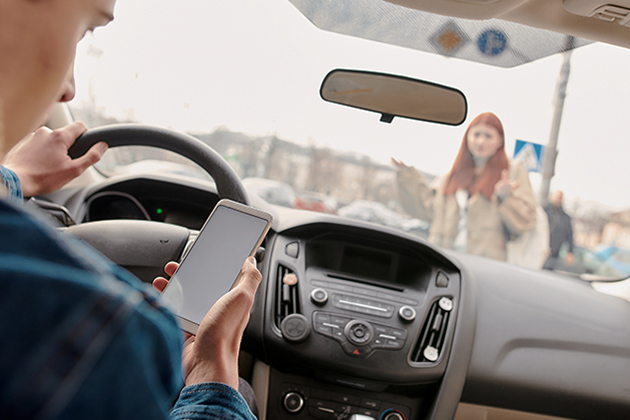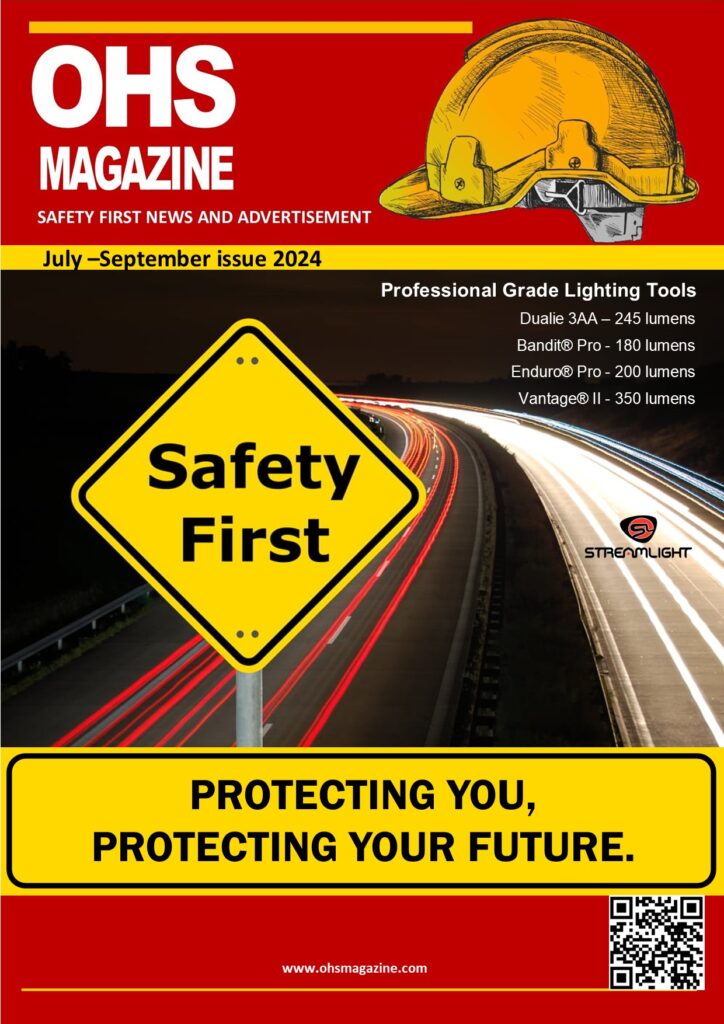Developing a Company-Wide Distracted Driving Policy. According to experts, glancing at your phone or taking your eyes off the road for just two seconds is enough to double the likelihood of a crash. A recent National Highway Traffic Safety Administration report found that distracted driving crashes accounted for over 3,308 deaths and almost 290,000 injuries in 2022. The good news is that number is down from 3,522 deaths in 2021, but the NHTSA noted that distracted driving crashes and fatalities are likely underreported due to many drivers not wanting to admit they were on their phone right before an accident.
Commercial drivers spend hours or even days on the road, making them even more vulnerable to distraction. In a Nationwide survey on the state of driving, one-third of commercial drivers admitted they sometimes or often feel distracted behind the wheel. In a commercial-related distracted driving crash, the driver, the vehicle, other drivers and vehicles, pedestrians and surrounding property are all at risk of damage.
More Than Just Texting
While many people may just think of distracted driving as texting while behind the wheel, it includes other activities, especially for commercial drivers. Commercial vehicle operators reported to Nationwide that they were distracted by their GPS (55%), adjusting the radio or other music (41%), eating or drinking (30%) and talking or texting on their mobile phone (27%). Survey participants also noted that responding to work-related communications added to their distractions, like taking work phone calls (55%), reading or responding to work texts (30%), reading work emails or other documents (18%) and responding to work emails (16%).
It makes sense that most of the distractions commercial drivers noted are work-related, and companies are trying to find ways to encourage or force drivers to stay focused on the road. In the Nationwide report, 20% of commercial drivers said their company does not allow cell phone use at all while driving and 34% said there is an enforced hands-free policy. However, 60% of commercial drivers also feel that hands-free phone use is still distracting.
Insurance Implications
While commercial auto insurance typically covers bodily injury, property damage, medical payments, no-fault or personal injury, and collision, filing claims could result in increased premiums, and repeated claims of the same type could result in losing commercial auto coverage altogether. Auto insurance is already among the most expensive of all commercial insurance lines. Further, according to MarketScout’s Market Barometer, rates increased 6.7% in the first quarter of this year.
“Insurers may respond to distracted driving claims by increasing auto premiums and deductibles as a way to transfer the cost back to the organization,” said Kristina Talkowski, head of middle market commercial lines at Nationwide. “In some cases, if there is a persistent trend of distracted driving that the organization’s management does not address, insurers might have no choice but to cancel commercial auto coverage. Additionally, if a particular driver within an organization is a repeat offender, dependent on the jurisdiction, an insurance carrier may exclude the driver or indicate that individual be restricted from driving as part of their work responsibilities.”
Elements of a Distracted-Driving Policy
Texting while driving is illegal in 48 states and D.C., and 24 states and Puerto Rico ban the use of all handheld devices and workplaces can do their part to create and implement distracted driving policies to help reduce the risks. The National Security Council provides a number of distracted driving resources for businesses, including a free template outlining the core agreements of a company-wide distracted-driving policy. Employers should ask employees to agree to:
- Not using handheld or hands-free mobile electronic devices or a vehicle’s voice features while operating a motor vehicle
- Turning on the “do not disturb” feature on smartphones and other mobile devices or silencing mobile devices to prevent distraction
- Pulling over to a safe place out of traffic lanes and putting the vehicle in “park” if the driver must make a call or text
- Informing clients, associates and business partners of this company policy to explain why they might not immediately return calls, texts or emails
- Programming any GPS, music device or dashboard/voice infotainment system before departing. If the driver needs to adjust something while driving, pull over to a safe place out of traffic lanes and put the vehicle in “park” to make the appropriate adjustments
To reduce the temptation to respond to work-related communications, add a line to the policy discouraging employees and managers from texting, calling or emailing any driver they know will be out on the road for an extended period. Crafting a strong policy can not only help keep employees and others safer on the road, it can also help control insurance premiums.






